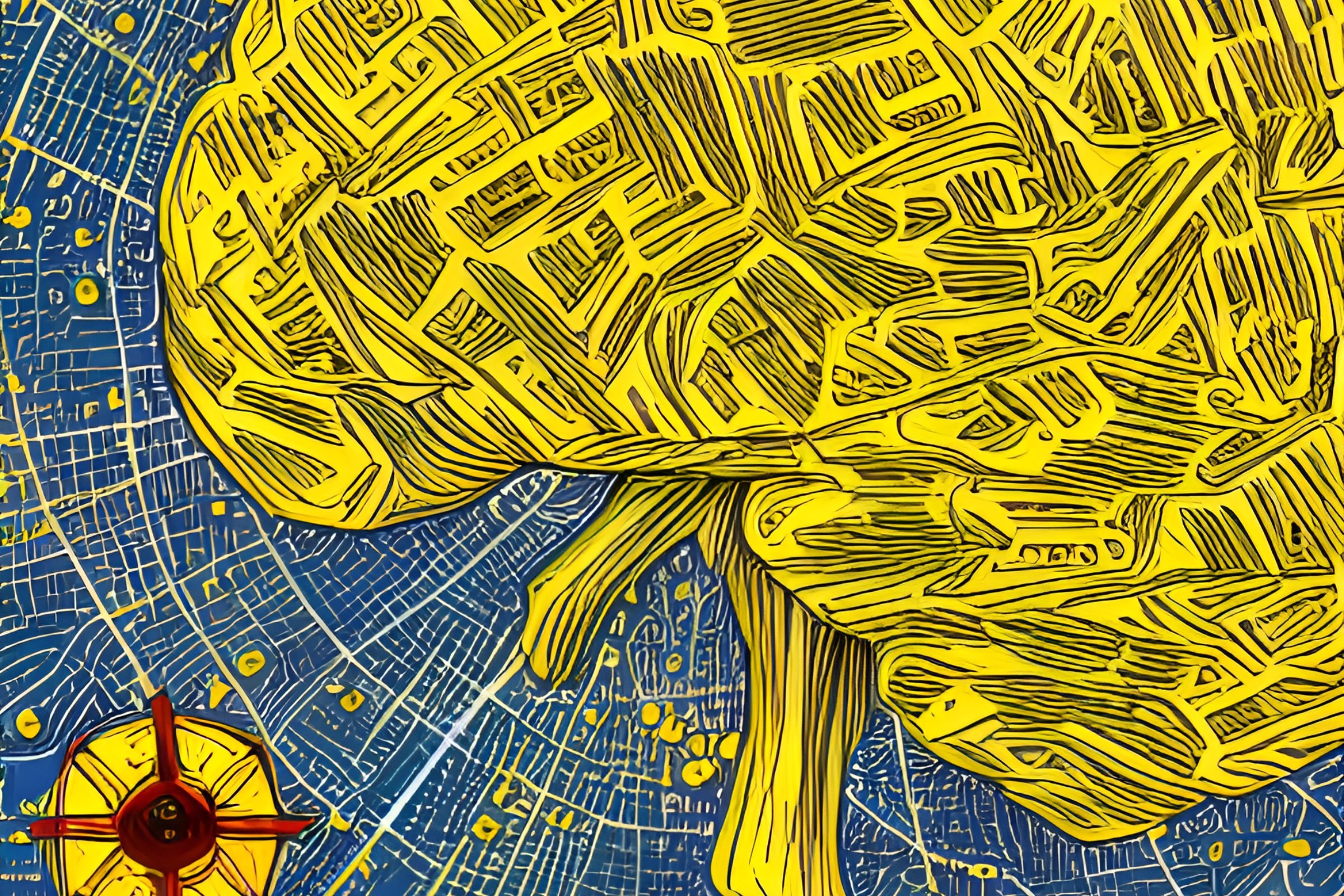How to Use Mnemonic Memory to Create Powerful Marketing Messages
Marketing is an exercise in memory. Your whole goal is to insert your product or brand into your prospective customer's mind so that when they have a problem you can help solve, you are the first thought they have. The better you can force an association between what life will look like after the problem, the more successful your marketing efforts will be. It just so happens, there is an entire discipline devoted to memorization through forced association: mnemoinic memory.
Mnemonic memory is a technique for remembering new information by associating it with something you already know. By using mnemonic memory, you can create powerful marketing messages that will stick in your audience's minds.
What Is Mnemonic Memory?
The core principle of mnemonic memory is simple: in order to recall any new information on command, you must simply associate it with something you can already recall on command. This can be done through the use of an absurd image, a ridiculous story, or anything that stands out from the expected. Something that is unexpected or out of the ordinary is memorable. Things that are expected or normal are easily forgotten.
There are three fundamentals of mnemonic memory: association, substitution, and repetition. Association is when you associate the new information with something you already know-- this association between the old and new is what needs to be memorable. Substitution is when you create an image to stand for the new idea (this is particularly useful for abstract or unfamiliar concepts… think the Geico Gecko). And repetition is when you repeat the new information over and over again until it is firmly implanted in your memory.
How to Apply the Elements of Mnemonic Memory to Your Marketing Efforts
There are countless ways to apply the elements of mnemonic memory to your marketing efforts. Perhaps the most obvious way is through the use of jingles. A jingle is a short, catchy melody that helps people remember a product or service through the use of rhythm, melody and rhyme scheme. This plays on the brain's penchant to look for patterns.
Another way to apply mnemonic principles to your marketing is through the use of brand characters. Brand characters are fictive personalities who represent a brand and help people remember it. Think of the Pillsbury Doughboy or the Aflac duck. These characters are so memorable that they often become cultural touchpoints in their own right, with a life beyond the products the represent!
Finally, one of the most effective ways to use mnemonic principles in marketing is through the use of absurd concepts that tie the brand and USP together. Absurd concepts are those that are so surprising or unusual that they cannot be forgotten. One great example is old Spice's "The man your man could smell like" campaign. This campaign was so successful because it was unexpected and humorous, two qualities that make for an unforgettable message.
It’s All About Quality and Quantity
When it comes to creating powerful marketing messages, quality and quantity go hand in hand. If you're message is unexpected, unique and engaging, you will need fewer repetitions to get the information to stick. And that's the true power of mnemonic memory systems.
But you can't have absurdity for absurdity's sake. It must tie into a message that is relevant to your target audience—memorability is only a benefit is it's ensuring that your best prospects remember you when your product solves a problem they have. Old Spice could have had a cute gecko as their spokesperson just as easily as Geico, and that Gecko probably would have been just as popular and beloved a character, but it wouldn't have had any benefit for Old Spice (unless there was some other way to tie him to the Brand's USP). The Gecko works because Gecko sounds like Geico, and that was the point of the initial Gecko ad spot.
Finally, don’t forget about emotional appeal—messages with an emotional component are much more likely to be remembered than those without. By following these tips, you can create powerful marketing messages that will stick in your audience's minds long after they've seen or heard them.
Mnemonic memory is a powerful tool that can help you create marketing messages that stick in your audience's mind. By using association, substitution, and repetition, you can create messages that are both memorable and effective.

